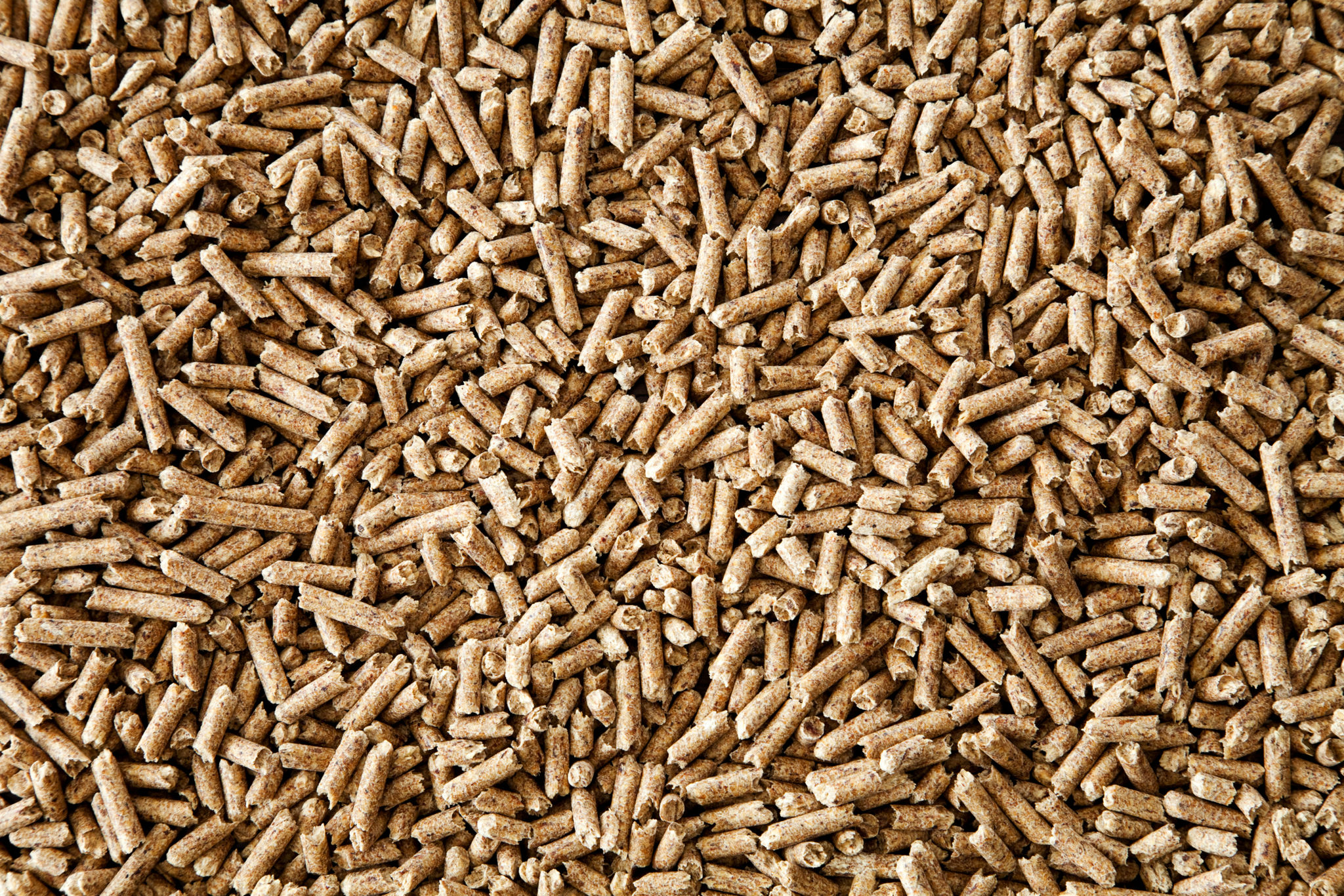The Benefits of Using Wood Pellets for Sustainable Heating in Finland
Embracing Sustainability with Wood Pellets
As the world shifts towards more sustainable energy sources, heating solutions that reduce carbon footprints have become increasingly important. In Finland, a country renowned for its commitment to environmental conservation, wood pellets have emerged as a favored option for sustainable heating. These compact, cylindrical bits of compressed wood offer numerous benefits for both the environment and homeowners looking to heat their properties efficiently.

The Environmental Benefits of Wood Pellets
Wood pellets are celebrated for their eco-friendly properties. They are made from sawdust, wood shavings, and other by-products of the lumber industry, which means they help in reducing waste. Additionally, the burning of wood pellets is considered carbon neutral. This is because the carbon dioxide emitted during combustion is roughly equal to the amount absorbed by trees during their growth, making it a more sustainable option compared to fossil fuels.
Furthermore, wood pellets produce minimal ash and have a low moisture content, resulting in cleaner combustion. This translates to reduced emissions of pollutants such as sulfur dioxide and nitrogen oxides, which are harmful to both human health and the environment.
Economic Advantages
Beyond environmental benefits, wood pellets offer significant economic advantages. They are generally more affordable than traditional heating fuels such as oil or gas. Finland's abundant forests ensure a steady supply of raw materials for pellet production, keeping prices stable and affordable for consumers.

Moreover, utilizing local resources for pellet production supports the Finnish economy by creating jobs in rural areas and reducing dependency on imported energy sources. This economic boost is particularly important in regions where employment opportunities may be limited.
Efficiency and Convenience
Wood pellet heating systems are known for their high efficiency and convenience. Pellet stoves and boilers can achieve efficiency rates of over 90%, ensuring that most of the energy content in the pellets is converted into usable heat. This efficiency not only saves money but also minimizes resource consumption.
In terms of convenience, many modern pellet stoves come with automated features such as self-ignition and programmable thermostats, allowing homeowners to manage their heating with ease. Additionally, the compact size of pellets makes them easy to store and handle, further enhancing their appeal as a heating solution.

Supporting Finland's Energy Goals
Finland has set ambitious targets for reducing greenhouse gas emissions and increasing the use of renewable energy sources. By embracing wood pellet heating, Finns are contributing to these national goals. The widespread adoption of this sustainable heating method aligns with Finland's commitment to environmental stewardship and energy independence.
Moreover, the Finnish government supports the use of renewable energy through incentives and subsidies, making it even more attractive for households and businesses to switch to wood pellet heating systems.
Conclusion: A Step Towards a Greener Future
The use of wood pellets for heating in Finland represents a practical step towards a greener future. With their environmental benefits, economic advantages, and efficiency, wood pellets provide a compelling alternative to traditional heating fuels. As more Finnish households and businesses make the switch, the nation moves closer to achieving its sustainability goals while enjoying the cozy warmth that these tiny powerhouses provide.